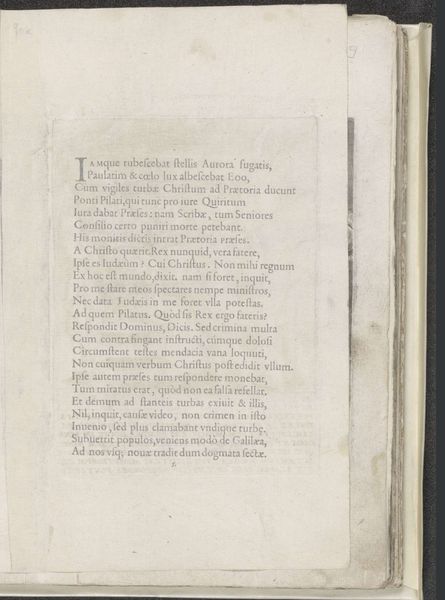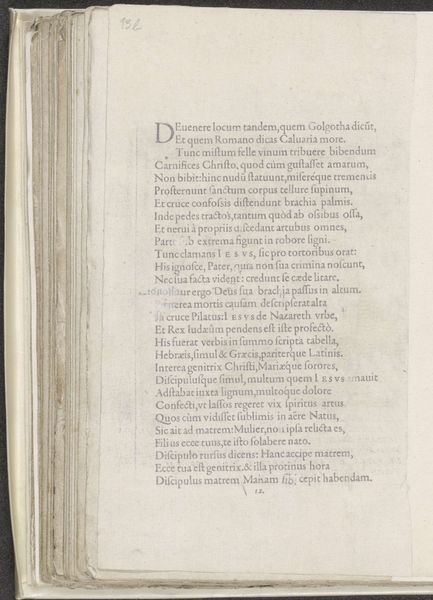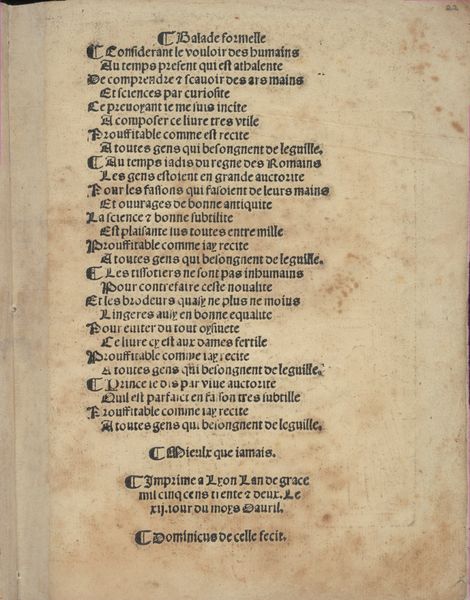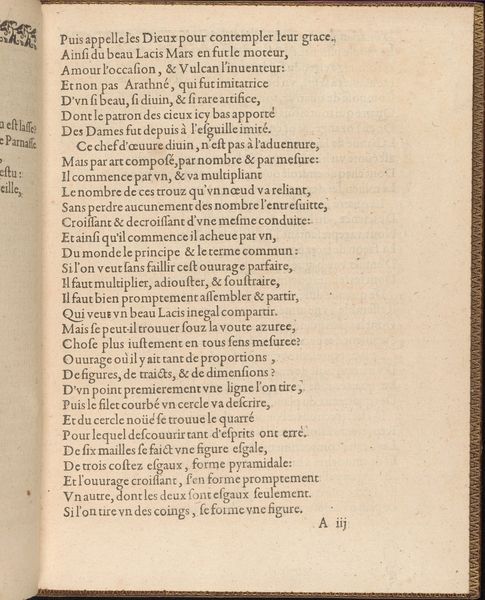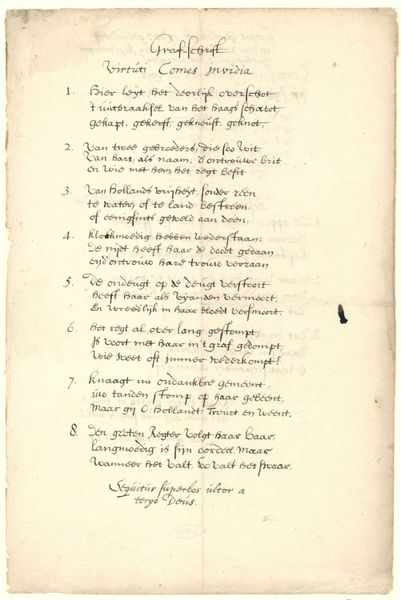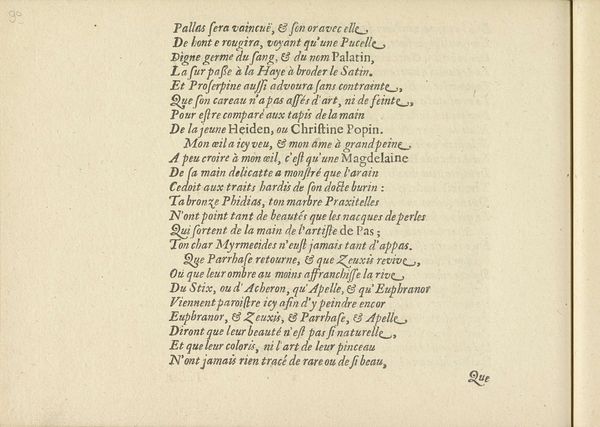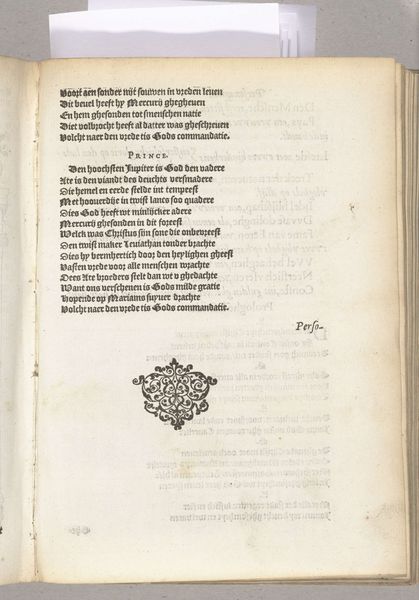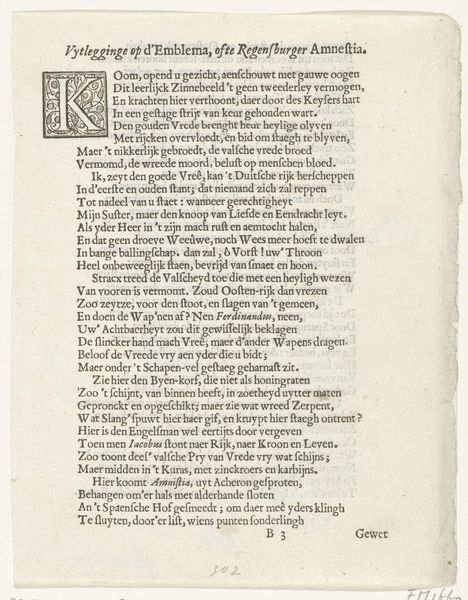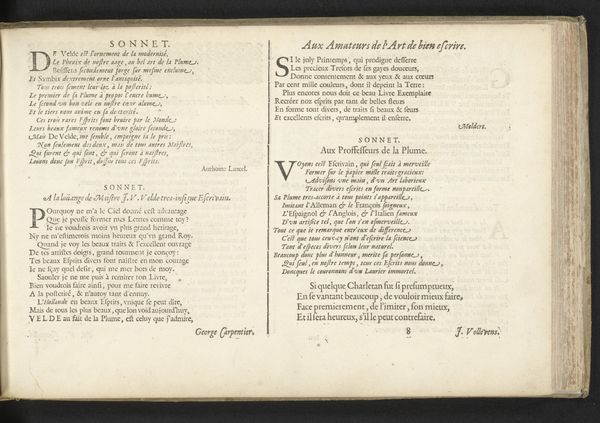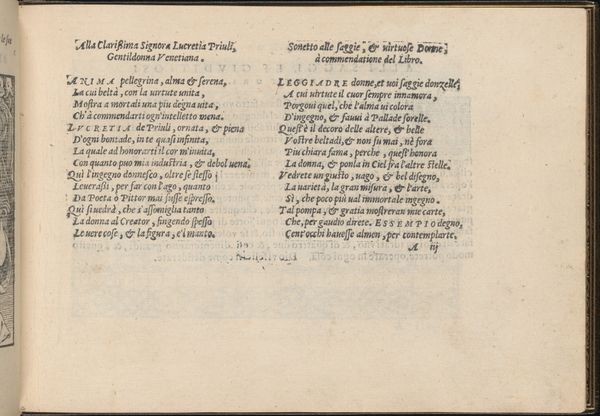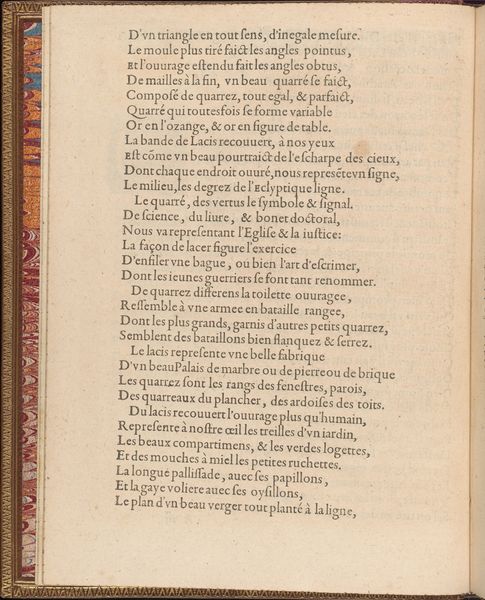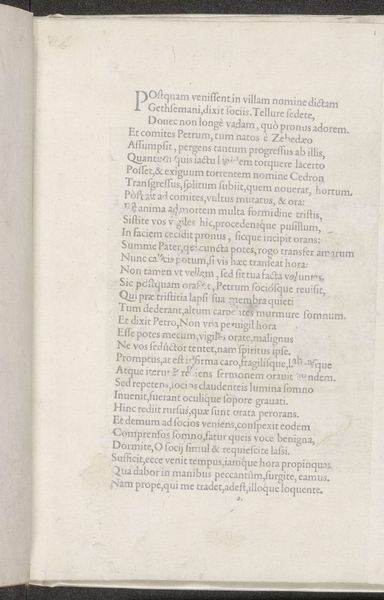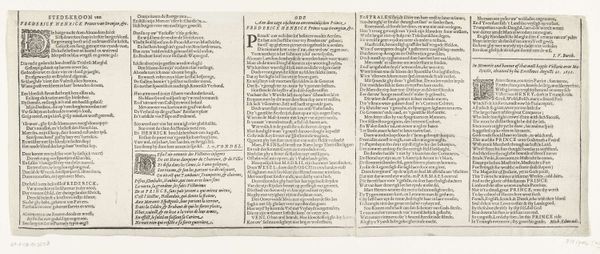
Tekstblad uit Fasti magistratuum et triumphorvum Romanorum, 1566 1566
0:00
0:00
hubertgoltzius
Rijksmuseum
graphic-art, print, typography, engraving
#
graphic-art
#
aged paper
# print
#
11_renaissance
#
paragraph style
#
typography
#
journal
#
stylized text
#
thick font
#
handwritten font
#
classical type
#
word imagery
#
engraving
#
historical font
#
columned text
Dimensions: height 301 mm, width 210 mm
Copyright: Rijks Museum: Open Domain
Editor: Here we have a printed page, "Tekstblad uit Fasti magistratuum et triumphorvum Romanorum, 1566," created by Hubert Goltzius. It’s filled with tightly packed text in what looks like Latin. It’s… intimidating, honestly. What do you see in this piece, beyond just old text? Curator: This isn't just "old text;" it's a highly calculated piece of visual propaganda, reflecting the Renaissance's fascination with classical Rome. The very act of meticulously cataloging Roman magistrates and triumphs in print was a political statement. Editor: Political? How so? It just looks like a list. Curator: The Renaissance was obsessed with legitimizing power through connection to the grandeur of Rome. By compiling a 'fasti' – a list of consuls and triumphs – Goltzius, likely commissioned by a powerful patron, was constructing a historical narrative. It wasn't simply about recording the past; it was about creating a lineage, an association with Roman authority and stability, and associating *that* authority with the Holy Roman Empire in the North. Look at the dedication. Editor: Oh, you're right, it says, "Spectatore rogante, Respondente Goltzio"-- for the beholder, Goltzius responds. As in, fulfilling some official request? Curator: Exactly. These images, these books, were deployed to shape public opinion, to bolster the claims of the ruling elite through the language of classical precedent. The "thick font," as you noticed in the tagging, adds to this air of Roman authority, recalling inscriptions on ancient monuments. Do you think an individual person was even able to *read* all that was printed here? Editor: Probably not all of it. So, it’s more about the *image* of learnedness than actual, accessible history? Like, suggesting, "we descend from greatness"? Curator: Precisely! The "word imagery," as another tag calls it, worked to create a sense of historical continuity, binding the present to a glorious past. And in early modern Europe that had serious value. What's interesting is that so much labour went into justifying claims that feel completely irrelevant today. Editor: Wow, I wouldn't have considered that at all. Thanks for putting the piece into a richer context.
Comments
No comments
Be the first to comment and join the conversation on the ultimate creative platform.
